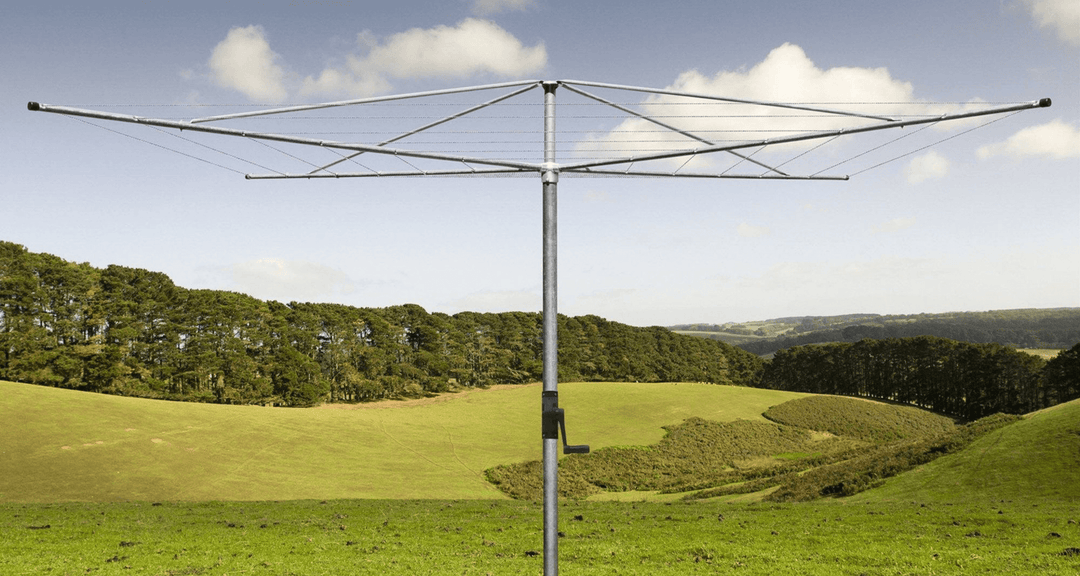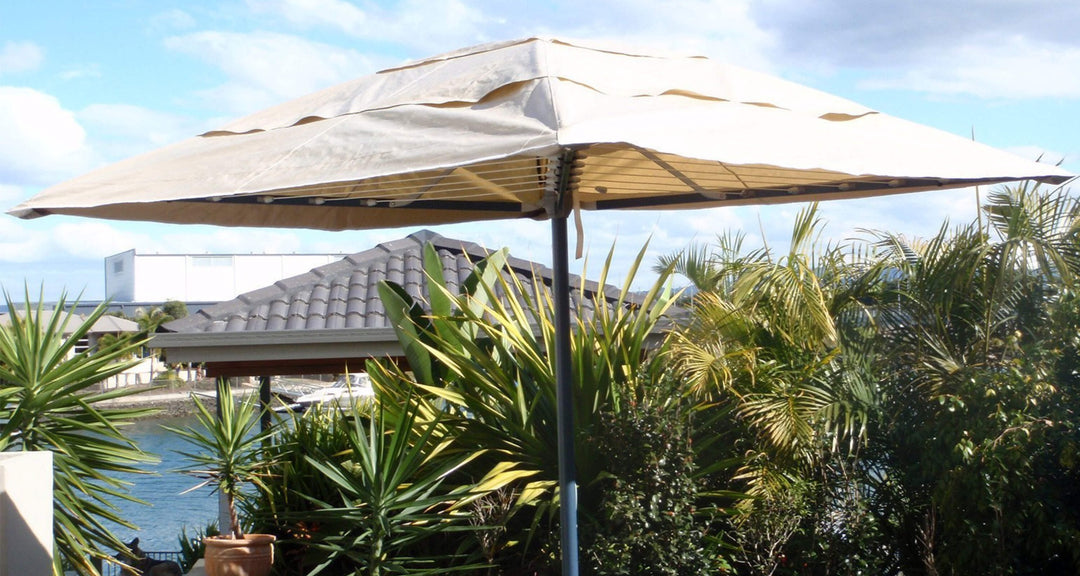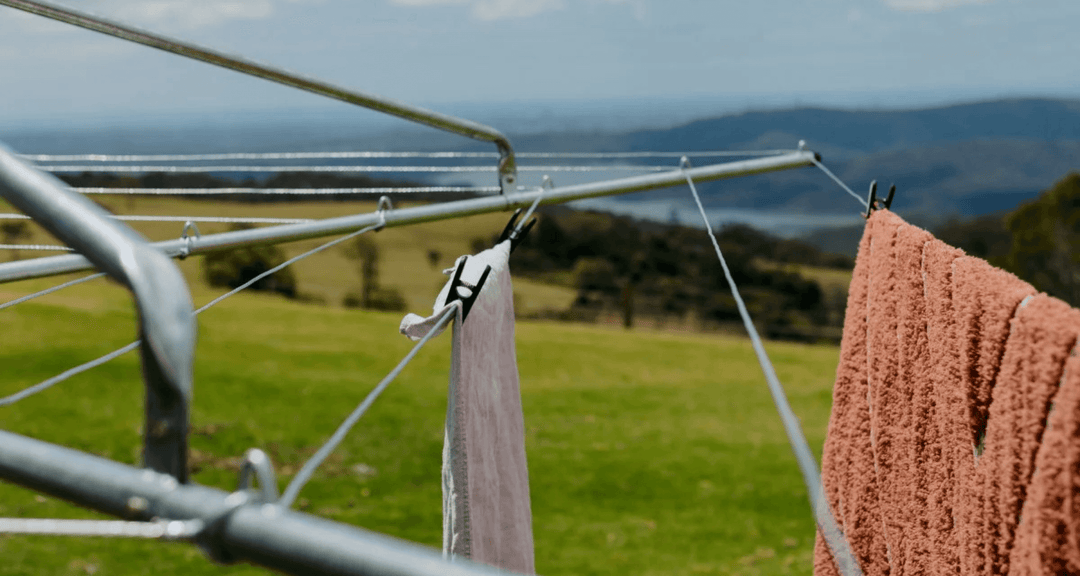Get Rid of Laundry Stains Without Scrubbing: Quick and Effortless Ways
Looking to get rid of laundry stains without scrubbing?
We’ve all been there, frantically trying to save our favourite shirt from a stubborn stain.
Whether it's a coffee spill during a hectic morning or a splash of red wine at a friend's dinner party, stains seem to appear at the worst times.
Over the years, we’ve discovered some effortless methods that really work.
These techniques have saved us time, stress, and quite a few beloved pieces of clothing.
In this article, we’ll share our go-to techniques that have saved us from countless laundry disasters.
Say goodbye to tough stains and hello to cleaner clothes.
Trust us, these tips are game-changers and will make your laundry routine a breeze.
Short Summary
-
Pre-treating stains with heavy-duty laundry detergent, liquid laundry detergent, hydrogen peroxide, and enzyme-based products can effectively remove various stains without scrubbing. Transferring the detergent to a squeeze bottle can make application easier.
-
Acting quickly and using various techniques to get stains out of clothes is crucial. Home remedies and commercial stain removers can be effective, but patience and persistence are key. Avoid using heated dryers before ensuring the stain is completely removed.
-
Baking soda, distilled white vinegar, dishwashing liquid, and isopropyl alcohol are versatile household items that can tackle odours, sweat, grease, oil, and ink stains naturally.
-
Professional cleaning is recommended for delicate fabrics like silk and wool to remove stains without damaging the garment.
Topics in This Article:
Pre-Treating Stains with Liquid Laundry Detergent
The first time we encountered a stubborn blood stain on our favourite white shirt, we were in a panic.
Like many of us, we remembered a trick our mom taught us: pre-treating with liquid laundry detergent or heavy-duty laundry detergent.
Acting quickly, we dabbed a small quantity of detergent directly onto the stain and gently massaged it into the fabric.

After letting it rest for about 15 minutes, we threw the shirt into the washing machine with the rest of our laundry.
To our relief, the stain had disappeared.
This method has since become our go-to for not just blood stains, but also for grease, oil, and grass stains.
We’re sure many of you can relate to that feeling of triumph when a beloved piece of clothing is saved!
Using Hydrogen Peroxide for Protein-Based Stains
Protein-based stains such as blood and sweat used to be a huge challenge until we discovered the effectiveness of hydrogen peroxide.
Imagine this: after an intense workout, you notice sweat stains on your favourite workout top.
Here's what we did – we mixed a bit of hydrogen peroxide with mild laundry detergent, applied the mixture to the stains...
...and let it sit for a while before washing the top as usual.

To our relief, the stains vanished, effectively helping to remove stains.
For dried stains, we pre-soak the garment in warm water with an enzyme-based product, then apply hydrogen peroxide, let it sit, and wash as usual.
This method has saved many garments from being discarded; give it a try and see the difference it makes!
Baking Soda Soak for Odours and Stains
Baking soda is a versatile household staple that many of us always have readily available.
Both for baking and laundry purposes.
One time, we left our gym clothes in the hamper a bit too long...
...and they developed a not-so-pleasant odour.

-
We mixed a cup of baking soda with a gallon of water.
-
We let the clothes soak in the mixture overnight.
-
The next morning, the odours were gone, and the clothes felt fresh and clean.
This technique works remarkably well in neutralising strong odours such as sweat or smoke and can also aid in removing stubborn stains from fabrics.
It’s a natural and cost-effective way to keep your clothes smelling fresh and looking clean without the need for harsh chemicals.
Plus, it’s something most of us already have in our pantry, making it an easy go-to solution for those unexpected laundry mishaps.
Distilled White Vinegar for Sweat and Tea Stains
Sweat stains, particularly on white shirts, are a prevalent problem that many of us face.
Our go-to remedy for this has always been distilled white vinegar.
We prepare a soaking solution with two cups of water and one cup of vinegar...
...and let the sweat-stained clothes soak for about 30 minutes.

The vinegar’s acidity breaks up the stains, making them easy to wash out.
We’ve also used this technique to tackle tea stains, which can be surprisingly stubborn.
By soaking the stained area in the vinegar solution and giving it a gentle scrub with an old toothbrush, we’ve managed to save several of our favourite shirts.
Just remember to avoid using chlorine bleach on sweat stains, as it can make them worse.
Lemon Juice and Sunlight for Organic Stains
Organic stains, such as those from fruits or vegetables, can be a real headache to remove...
...but we've found that a combination of lemon juice and sunlight can work wonders.
Here's our tried-and-true method for tackling organic stains using lemon juice and sunlight:

Squeeze fresh lemon juice over the stain and lay the stained item out in direct sunlight.
Leave it in the sun for several hours, or until the stain has faded significantly, then wash the item as usual.
This technique takes advantage of the natural bleaching properties of lemon juice, which are amplified by exposure to sunlight.
It's a fantastic, eco-friendly alternative to harsh chemical stain removers and works well on a variety of organic stains.
Dishwashing Liquid for Grease and Oil Stains
While grease and oil stains are among the most difficult to remove, we’ve found that dishwashing liquid is a lifesaver.
Picture this: you’re cooking up a storm in the kitchen, and suddenly, a splash of oil lands on your favourite jeans.
In a moment of panic, you grab the dishwashing liquid, apply a small squirt to the stain, and let it sit for about ten minutes.

After gently rubbing it in and tossing the jeans into the wash, you breathe a sigh of relief as the stain vanishes.
Dishwashing liquid is designed to break down grease, making it perfect for tackling these tough stains on fabrics.
This method is simple and effective, and it doesn’t require any intense scrubbing—just let the dish soap work its magic, and your clothes will be stain-free.
The folks from Little Aussie said:
"Cover the grease stain with colourless liquid dish soap. Add cold water, then use an old toothbrush to gently rub into the stain. Rinse with white vinegar."
Cold Water Rinse for Fresh Stains

When we encounter a fresh stain, our first instinct is to rinse it in cold water immediately.
Trust us, this simple step can work wonders in preventing the stain from setting into the fabric.
For example, if you spill juice on your shirt, run to the sink and rinse the stain under cold water.
You'll see the stain start to lift almost instantly, making it much easier to remove during the wash.
This method is particularly effective for common stains like juice, coffee, and tea.
Salt and Boiling Water for Red Wine Stains
Red wine stains can pose a significant challenge, but we’ve discovered that a combination of salt and boiling water can effectively combat them.
Imagine you’re hosting a cozy dinner party with friends, and everyone is having a great time.
Suddenly, someone accidentally knocks over a glass of red wine, and it spills all over your favourite tablecloth.
Quickly, you grab the salt shaker from the kitchen and sprinkle a generous amount of table salt over the stain to absorb the liquid.
After letting the salt sit for a bit, you carefully pour boiling water over the stained area, helping to lift the stain from the fabric.

You blot the area with a clean cloth, and to your relief, the stain is significantly reduced.
According to Biocasa on their article:
"With wine, it’s always best to act very fast: the best natural cleaning hack is to immediately pour salt on the stain to absorb the extra liquid and moisture.
Then brush it off and rinse your garment with hot water."
Isopropyl Alcohol for Ink Stains

Ink stains used to pose a significant obstacle for us until we discovered that isopropyl alcohol is an effective remedy.
Picture this: you're jotting down notes or doodling, and suddenly, your pen leaks ink all over your favourite shirt.
Panic sets in as you wonder if it's ruined forever.
We grabbed cotton swabs, soaked them in isopropyl alcohol, and dabbed them on the stains, working from the outside in to prevent it from spreading.
To our surprise, the ink started to dissolve without any scrubbing.
Shampoo for Collar and Makeup Stains
Collar and makeup stains, particularly on shirts, are a frequent problem that many of us face.
We discovered that regular shampoo is surprisingly effective for tackling these types of stains.
So you're rushing through your morning routine, and in the midst of applying makeup, you accidentally smudge some on your shirt’s collar.
Sound familiar?

Here's a quick fix that works wonders: grab your regular shampoo, apply a dab to the wet fabric, work it in for a few minutes, and let it sit.
After washing the shirt, the stains will be gone.
This simple trick has saved us countless times, especially when we needed a quick fix before heading out for an important meeting or a night out with friends.
Cornstarch for Oily Stains
While oily stains can be difficult to manage, cornstarch has revolutionised our approach to them.
Imagine you're at a friend's barbecue, enjoying a delicious salad, when suddenly, some dressing spills on your favourite blouse.
Panic sets in, but then you remember the cornstarch trick.
You immediately sprinkle cornstarch over the stain and let it sit for about 15 minutes.
The cornstarch absorbs the oil, making it easier to brush off with a damp cloth.

After brushing off the cornstarch, you toss the blouse into the wash, and to your relief, the stain is gone.
What Biocasa said about grease or oil stains:
"It’s important to act when the spill is still fresh: sprinkle it with a generous amount of baby powder or corn starch and let it dry.
It will form a sort of paste that you can brush off before washing.
If the stain is set in or you have already washed your garment with no results, fret not: wet the stain, rub our laundry stain stick on it, let is sit for a few minutes and then wash."
Professional Cleaning for Delicate Fabrics

When dealing with delicate fabrics such as silk and wool, we’ve found that professional cleaning is often the best option.
Instead of trying to clean it yourself and risking more damage, consider taking it to a professional cleaner.
They use specialised techniques and solvents that can safely remove the stain without harming the fabric.
You’ll feel that same relief we did when you get your blouse back in perfect condition.
For non-washable items with intricate designs, professional cleaning ensures they remain in great shape and last longer.
Final Words
In summary, tackling laundry stains doesn’t have to be a daunting task.
From pre-treating with heavy-duty laundry detergent to using natural remedies like lemon juice and baking soda, we’ve found these methods to be effective without the need for scrubbing.
Acting quickly and using various techniques to get stains out of clothes is crucial for the best results.
Acting quickly and using the right techniques has made a significant difference in stain removal for me.
We remember the relief we felt when a stubborn red wine stain came out of our favourite shirts using salt and boiling water.
Each type of stain requires a specific approach, but with these tips, we’ve been able to confidently handle even the toughest stains.
By incorporating these methods into our laundry routine, we’ve saved time, effort, and quite a few beloved clothes from stubborn stains.
Happy laundering!
Frequently Asked Questions
Yes, liquid laundry detergent is versatile and can be used on various stains, including blood, grease, and grass stains, especially when applied immediately.
Hydrogen peroxide helps break down protein-based stains like blood and sweat, making it easier for mild laundry detergent to lift and remove the stain.
Yes, baking soda is generally safe for most fabrics and can effectively remove odours and stains without causing damage.
Yes, distilled white vinegar is generally safe for coloured fabrics, but it's best to test a small, inconspicuous area first to check for any colour fading.
You should consider professional cleaning for delicate fabrics like silk and wool, as well as non-washable items with intricate designs.
Professional cleaners have specialised techniques to safely remove stains without damaging the garment.
 Fold Down
Fold Down

 Rotary Hoist
Rotary Hoist
 Retractable
Retractable
 Portable
Portable
 Ceiling Airer
Ceiling Airer
 Covers
Covers













